Can Dragon’s Dogma 2 become a candidate for the best game of 2024?
Review by Mostafa Zahedi
Dragon’s Dogma 2’s story revolves around two overarching concepts: dragons and Arisen. An Arisen is someone who, through various means, including during battles with dragons, attains a chosen state and takes on the responsibility of destroying dragons, protecting the people, and ultimately assuming the kingship of Vermund. If an Arisen can defeat the great dragon of each era, they are promoted to the rank of Sovran and practically recognized as the undisputed king and ruler of the people.
In this situation we take control of a nameless person who has lost their memory and is now working as a slave in the mines. Through events at the beginning of the game, our character escapes and later discovers that they are the Arisen, and this is where their great adventure begins. As the Arisen, we must both establish our authority to everyone and confront the political conspiracies of various individuals, including a cunning Arisen who now sits on the throne of kingship.

The game’s story, at least on paper, has great potential. This plot could have been transformed into an epic adventure for the audience, with the utilization of various storytelling tools such as compelling narration (which is a prominent feature of classic role-playing games), exceptional characters, and plot twists and surprises. Don’t forget that the fantasy setting provides an exceptional environment for creating and narrating engaging stories, and it’s up to the creators and writers of the game to make the most out of this fantasy backdrop. Unfortunately, this potential hasn’t been fully realized in Dragon’s Dogma 2.
The story of the game, the various events, and the narrative progression are the furthest things we expect from an epic, thrilling, and captivating story. The narrative progression of the story, despite a hopeful start, immediately leaves you disappointed. There is no sign of intriguing storytelling events or charismatic characters. On the other hand, the widespread absence of cutscenes (the game offers very few cutscenes throughout the storyline, barely enough to count on one hand) makes it impossible to establish a deep and engaging connection with the game’s story.

On the other hand, the majority of the storyline and actions we undertake as the Arisen have a basic and empty nature. From clearing various areas of goblins to a series of predictable and naturally repetitive activities and missions that fail to convey the feeling of being part of a grand adventure or being an Arisen. It’s enough to compare the rank of Arisen with ranks like Dragonborn in Skyrim or Inquisitor in Dragon Age Inquisition to quickly realize how ineffective Dragon’s Dogma 2 is in introducing the Arisen as a significant and powerful individual. Couldn’t we have experienced epic and engaging levels and truly savored the enjoyment of being an Arisen?
The question that comes up for me is if 90% of the events and occurrences in the game revolve around predictable and very simple events, what’s the need for the main character of the game to hold the rank of Arisen? Did the creators intend to uphold the unwritten law of the “chosen” individuals in classic role-playing games?
I must say the game occasionally introduces interesting characters to the audience who, with a more mature narrative and deeper development, could have become fascinating characters. Unfortunately, the roles of these characters are also very short-lived, merely serving as a small part of a larger puzzle and only tasking you with missions before introducing you to the next character.
In fact, it’s better to say that the game’s characters lack any dynamism or depth, and over time, we see no growth or character development in them whatsoever.

One of the most important factors that lead to such weaknesses in the storyline, narration, and characters is the fact that a classic open-world role-playing game must have a compelling story, as it’s meant to immerse the player for hours on end. If we look at the biggest names in role-playing history, we always see that the story, narration, or world-building of the game were at a very high level.
Unfortunately, the low level of the story and narration has permeated into other aspects such as side quests, which I’ll delve into more fully later on. In any case, don’t expect an amazing storyline from Dragon’s Dogma 2.
The most important part of the game and its standout feature is undoubtedly the gameplay and combat. Initially, you must choose your desired class from among four available classes such as Fighter and Thief, based on your preferred style and context, fully customize your character, namely the Arisen, and embark on a thrilling adventure.
The ability to choose a class and combat style is almost a natural and common occurrence among open-world role-playing games. However, what sets Dragon’s Dogma 2 apart in this regard is how the system is implemented and the incredible depth of each class in the game, known as Vocation. A highly commendable aspect is that even classes that may seem similar on paper, such as the two classes Mage and Sorcerer, differ so significantly in intricacies that they have their own distinct identities.
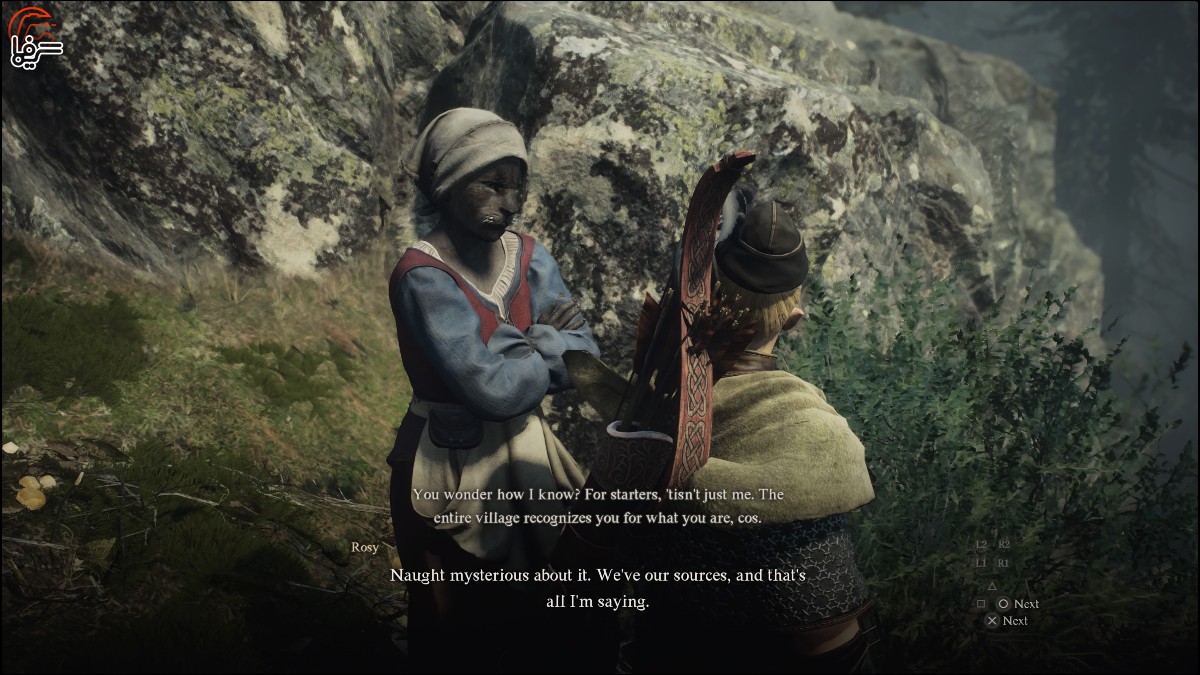
Each of the game classes, in addition to predictable differences such as combat style, weapons used, health and stamina levels, and other similar factors, also possesses unique and enticing abilities. Almost every class and vocation in the game has more than 15 different abilities, each of which, as you progress further in the game and increase the main character’s level, has a stronger version available for purchase. The diversity of available abilities and their effectiveness and usefulness are extraordinary and undoubtedly one of the greatest strengths of this game. For example, I chose the Archer class and after a few hours, I gained access to a wide range of different abilities called Weapon Skills. Using these powerful abilities, depending on the class, reduces your stamina or magic, and with normal attacks and the passage of time, your stamina and magic replenish. If your stamina bar completely depletes, your character cannot attack for a few seconds, leaving you in a vulnerable position.
In fact, the core of the game’s combat lies in these skills and Weapon Skills, and their high diversity and effectiveness make the game’s combat incredibly engaging, deep, and enjoyable regardless of the chosen class and vocation.
Moving beyond the classes and vocations, we come to the combat and gameplay itself. If you’ve experienced the Dragon Age series, you can easily notice structural similarities between these two franchises. Like Dragon Age, in Dragon’s Dogma 2, since we have a team or party of four, the game’s combat is often very hectic and fast-paced. The camera angle and its distance from your character are very standard, and on the other hand, attack animations, various movements, and the physics of combat in the game are completely acceptable and standard, as long as you don’t compare the physics and motion animations of the game to those of recent cinematic works. It should not be forgotten that, overall, role-playing games do not have much compatibility with cinematic games, and the main focus is on concepts and other sections.
In fact, it can be said that the game’s combat system, thanks to diverse classes, incredibly engaging skills, and a principled structure, yields very satisfying outcomes. This significantly aids the game in making the weaknesses of various sections, which I will address later, less noticeable.
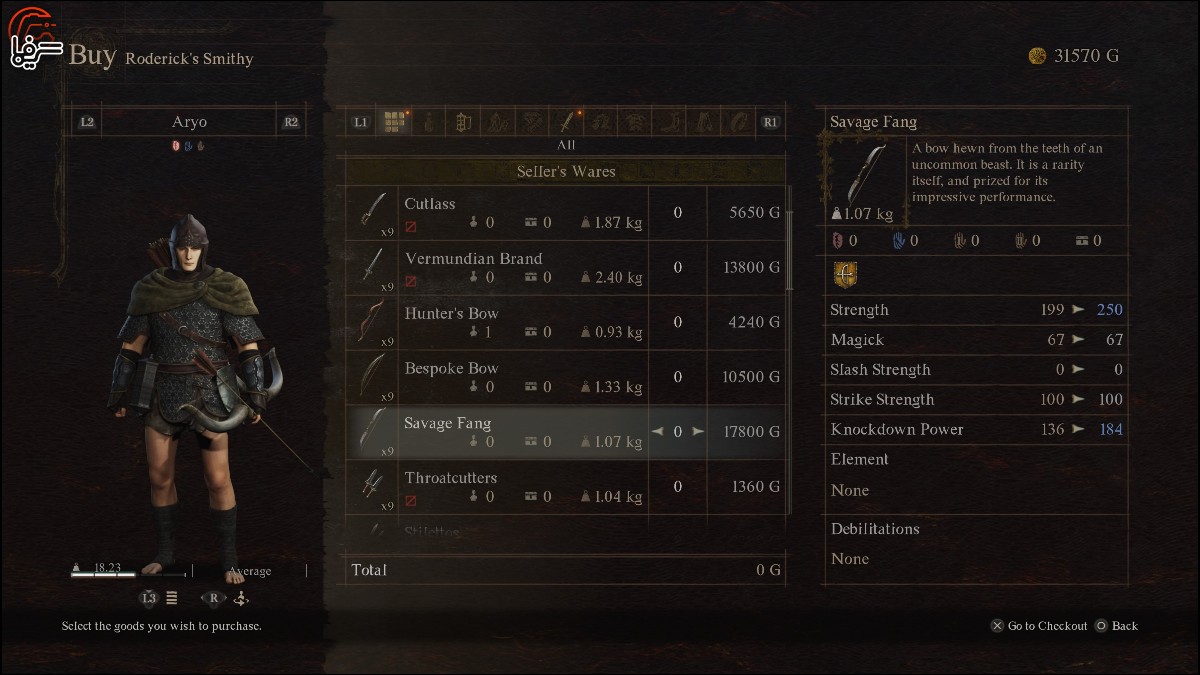
When it comes to Dragon’s Dogma combat, we must mention the Pawn system. Pawns are defined characters in the game world with real nature. In other words, Pawns are individuals from other worlds who come to the game world through a magical portal called Riftstone and serve their masters.
At the beginning of the game, you can fully customize your main Pawn and choose their class, appearance, and various details according to your taste. Your main Pawn levels up alongside you and also plays a relatively key role in certain parts of the story. Furthermore, just as you can unlock new abilities for your own character, you can also do so for your main Pawn and unlock desired Weapon Skills for them.
Apart from the main Pawn who is always with you, you can also have two additional companions or Pawns in your party. These Pawns can either be NPCs scattered throughout the game world or Pawns of other real players. In fact, you can add other players’ Pawns to your team, and others can do the same. This feature adds an interesting dynamic to the game structure and fosters a sense of continuity and cooperation at the heart of this game.
It’s worth noting that unlike your Pawn, other Pawns do not level up, and therefore, your two additional companions constantly change throughout the game.
Similar to titles like Dragon Age and Baldur’s Gate, choosing party members is crucial, and you must create a proper balance between the classes of Pawns and yourself. Personally, I would use a Mage as a support character and two Warriors as Tanks, which for me, proved to be an exceptionally effective combination.
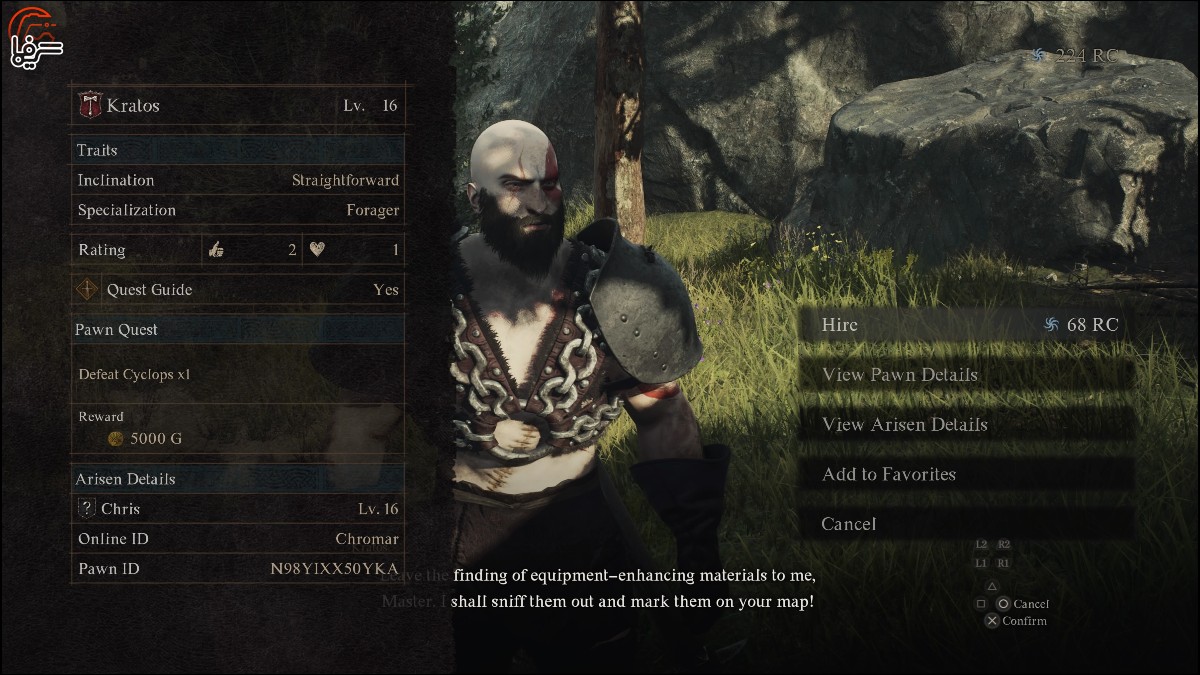
These Pawns are not just simple accompanying characters; they perform various tasks. For example, they can unlock various chests, collect items, and guide you during exploration. Additionally, while traversing the game world, one of the Pawns might guide you to a hidden location or treasure chest. Moreover, during battles, these Pawns provide useful tips. For instance, if you’re fighting skeletons and spirits, one of the Pawns points out that their weakness is Holy magic. Even if you cannot exploit their weakness, the Pawn informs you of this fact.
These Pawns also react to missions and various events and converse with you. Depending on the four personality types of Pawns, their dialogue style and tone differ and are unique. Fortunately, despite having only a few fixed voice types, the voice acting for Pawns is well done, and their interactions and conversations are notable.
Certainly, the Pawn system in the game is one of its key and vital aspects. Fortunately, both in terms of concept and execution, it has been very successful and well integrated into the game’s structure. It’s hard to imagine Dragon’s Dogma without Pawns.

Let’s talk about exploration as well. The game emphasizes natural exploration heavily, and certain decisions have been made in this regard. For example, the game lacks a traditional Fast Travel system, and you can only travel to Portcrystals in a very limited manner, and that too only using a valuable and expensive item called Ferrystone. In fact, you have to pay for Fast Travel, which is not logical considering the rarity of this item. The developers’ aim has been for players, along with their party and Pawns, to travel on foot in the game world and discover its secrets and mysteries.
This issue isn’t inherently problematic, but it becomes annoying when you have to traverse a repetitive path or road multiple times just to reach your destination. However, the game keeps you engaged, and practically, whether you travel during the day or night, every fifty meters, a number of enemies respawn in the world, which vary depending on the area, city, and time. During the day, more goblins may block your path, and during the night, ghosts and skeletons. However, the important point is that the game creates more of an illusion of entertainment along the way. While this helps prevent the journey from becoming too monotonous to some extent, on the flip side, consecutive and numerous battles can tire the player out and make the game feel monotonous. The player needs to take breaks from battles from time to time to maintain the freshness and excitement of battles and fights and prevent consecutive battles from exhausting them.
On the other hand, the game excels in one aspect of exploration, and that is the matter of rewarding and prizes. Whether you clear goblin caves or attack bandit castles, in the end, you usually get several chests filled with various rewards, from gold, which is the game’s currency, to various items such as weapons, rings, and potions. It’s worth mentioning that the leveling up and upgrade system of the game is designed in such a way that even battles with ordinary enemies give you a good amount of XP, and you can quickly level up yourself and your main Pawn. In the initial ten hours, instead of focusing too much on the main storyline, I mostly focused on exploring the game world, which led me to achieve a high level and, thanks to the abundance of gold, equip myself and my companions well.
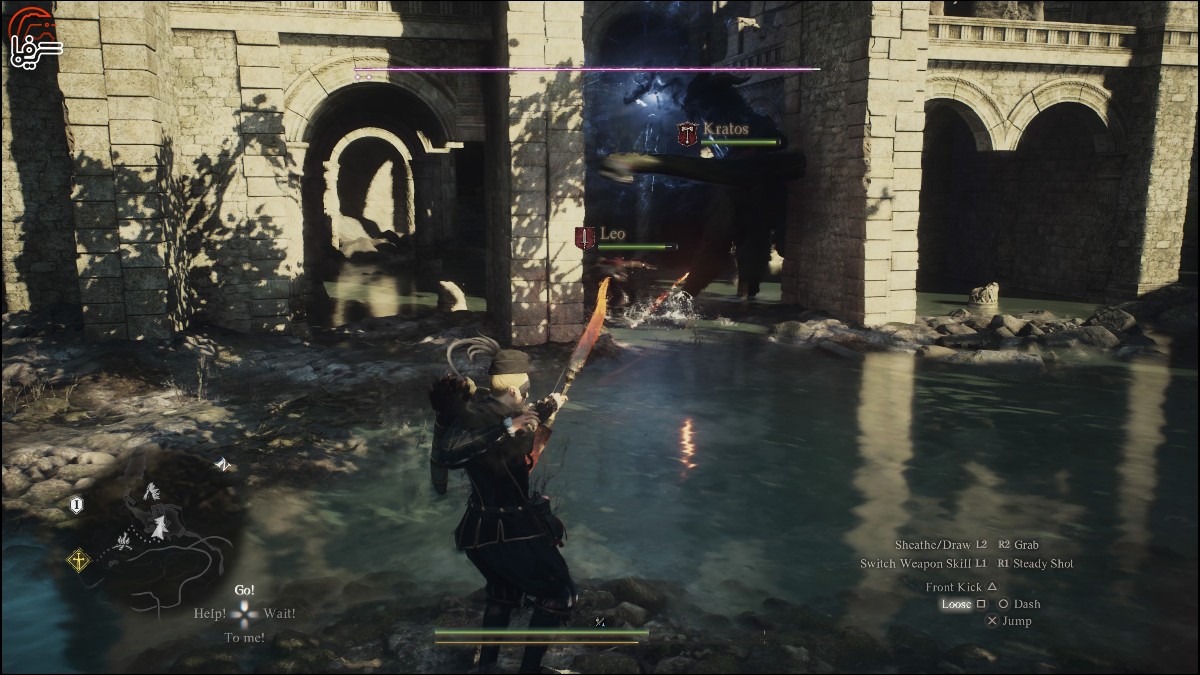
Alongside regular enemies and activities such as exploring caves, towers, and ruins, we also encounter various boss fights and creatures like Cyclopses, Ogres, and Griffins scattered throughout the game world. These boss fights all have multiple health bars and battling them is extremely thrilling, challenging, and breathtaking. Engaging in battles with these bosses, whether encountered during exploration in the game world or in certain stages, constitutes some of the best moments in the game where you must utilize all your focus and abilities to defeat them. This is where the composition of your party, classes, and abilities mentioned before become crucial and determine the outcome of the battle.
On the other hand, there are some decisions by the developers that I cannot understand at all as they severely affect the structure and enjoyment of the game. For example, the night in the game is exceptionally dark, and even with the use of a lantern, you can only see within a five-meter radius, which is dismal and practically makes progress and movement during the night extremely difficult and frustrating. Personally, I always found myself engaged in gameplay during the day by using a campfire. The point here is that the peculiar darkness of the night has no relevance to the realism of the game because even the most realistic works overlook certain aspects for the comfort of the audience since ultimately, we’re dealing with a video game, not a life simulator!
Setting aside the disastrous exploration at night, another major issue with the game relates to transportation. As I mentioned, the fast travel system in the game is tedious, and on the other hand, there are no horses or personal vehicles. However, the situation gets worse when we realize that even outside of battles, the stamina bar depletes, and practically after running for ten seconds, your character gets tired and stops moving! This seemingly minor issue has negatively impacted exploration and movement in the game world to such an extent that until you experience the game yourself, you won’t grasp the depth of this problem.
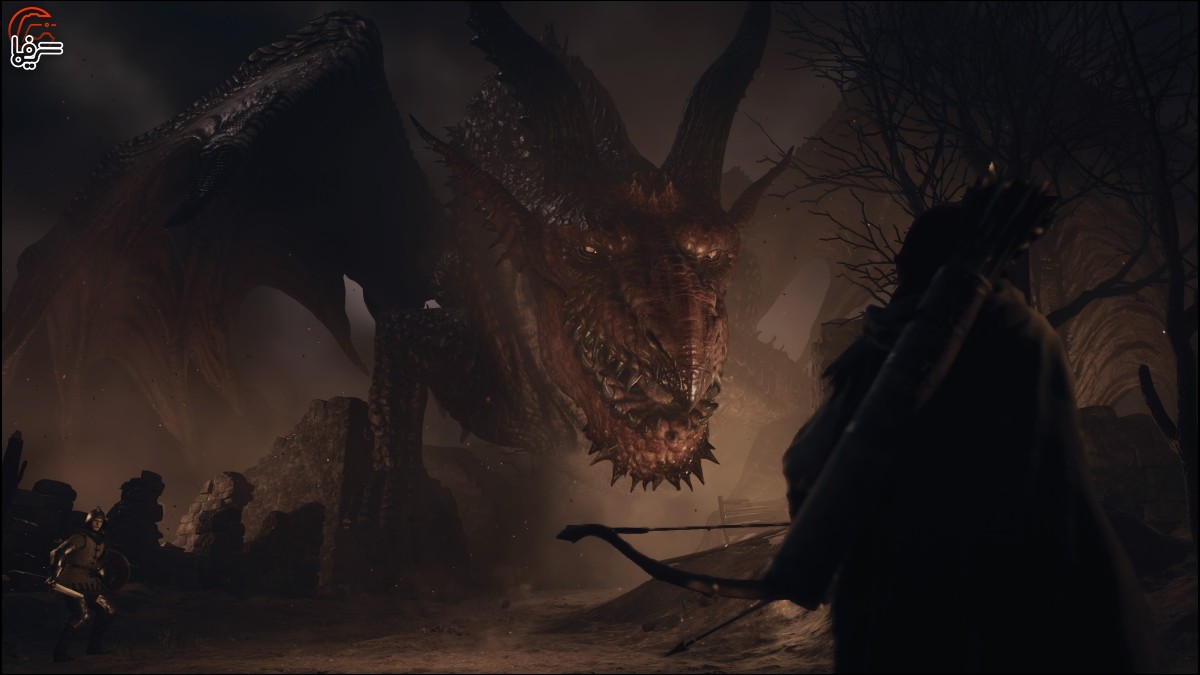
Another disappointing aspect of the game is its side quests, which are completely devoid of allure, depth, or any particular twist and simply boil down to killing goblins, protecting a specific individual, or obtaining a valuable item. In fact, despite the excellent groundwork laid out for creating and presenting intriguing and exciting side storylines, the developers have settled for the simplest and most mundane types of side quests, which has made me quite disinterested in completing them. However, I must mention that in terms of usefulness and value, these quests performed very well and were satisfying. But do not expect them to be engaging or different in any way.
In summary, I must say that a series of questionable decisions by the developers, from the flawed fast travel system to design and directorial issues, severely hinder Dragon’s Dogma 2 from evolving from merely an entertaining game to a more quality and captivating one, and utilizing its full potential.
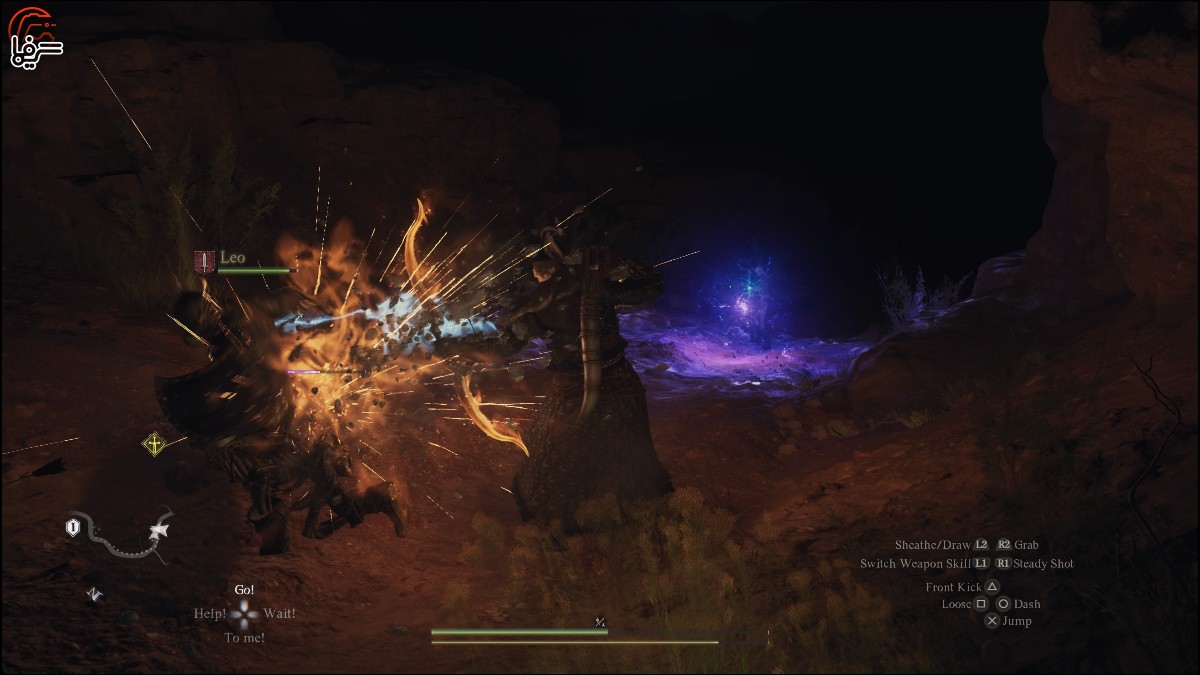
The artistic graphics output of the game is somewhat lackluster. Unfortunately, the game environments lack significant visual and artistic diversity, and this issue quickly becomes apparent. The surprising point is that despite the game not having stunning graphics, it is not optimized in the technical aspect either. Not only is the game set to run at 30 frames per second, but during battles or crowded combat scenarios, it noticeably becomes choppy and experiences frame drops. Personally, I did not expect Capcom to present the game in this manner in terms of graphics and visual output. This game is not at all a ninth generation game in its graphics department, and if you compare it to Dragon Age Inquisition, which was released a decade ago, the game’s weaknesses will be quite noticeable.
The voice acting of the characters is very well done and matches the characters and their faces. However, the game slightly falters in terms of syncing the voice with lip movements, which is somewhat noticeable. The game’s music combines medieval themes with a fantasy flair, resulting in a very noteworthy soundtrack that effectively immerses the player in the game’s atmosphere.
Gamefa exclusive gallery
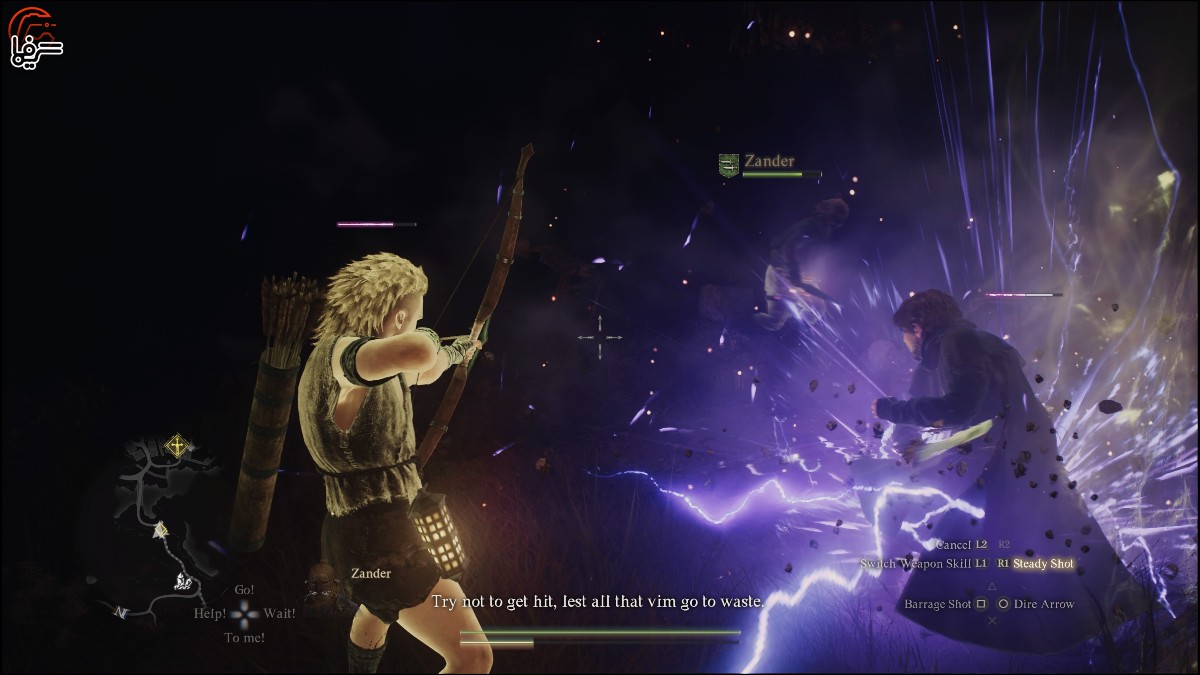
The verdict
Dragon’s Dogma 2 is an enjoyable and entertaining role-playing experience that harkens back to classic RPGs. Thanks to its engaging combat, rewarding exploration, and the exceptional Pawn system, it will certainly be a memorable title for fans of the genre. However, unfortunately, the numerous small and big issues the game struggles with, from its disappointing story and weak side quests to not-so-great optimization, prevent us from placing this game among the greatest in its genre.
Pros:
|
Cons:
|
8.2/10
This game was experienced and reviewed on the PS5, using the code provided by the publisher (Capcom).



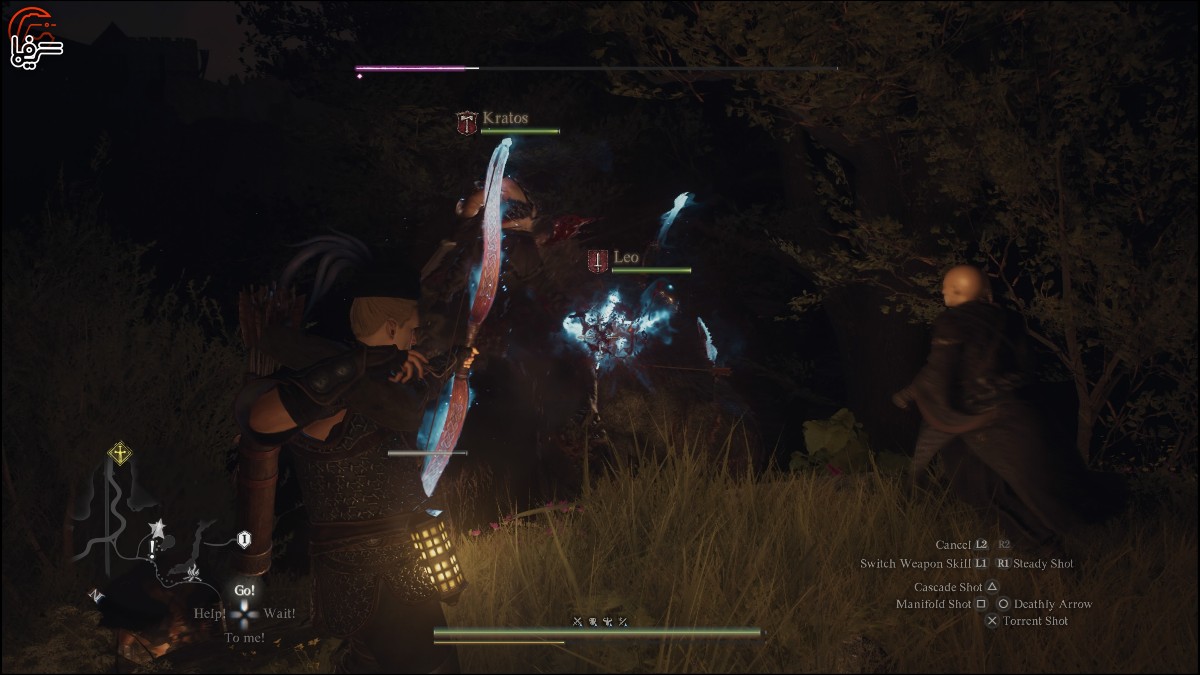
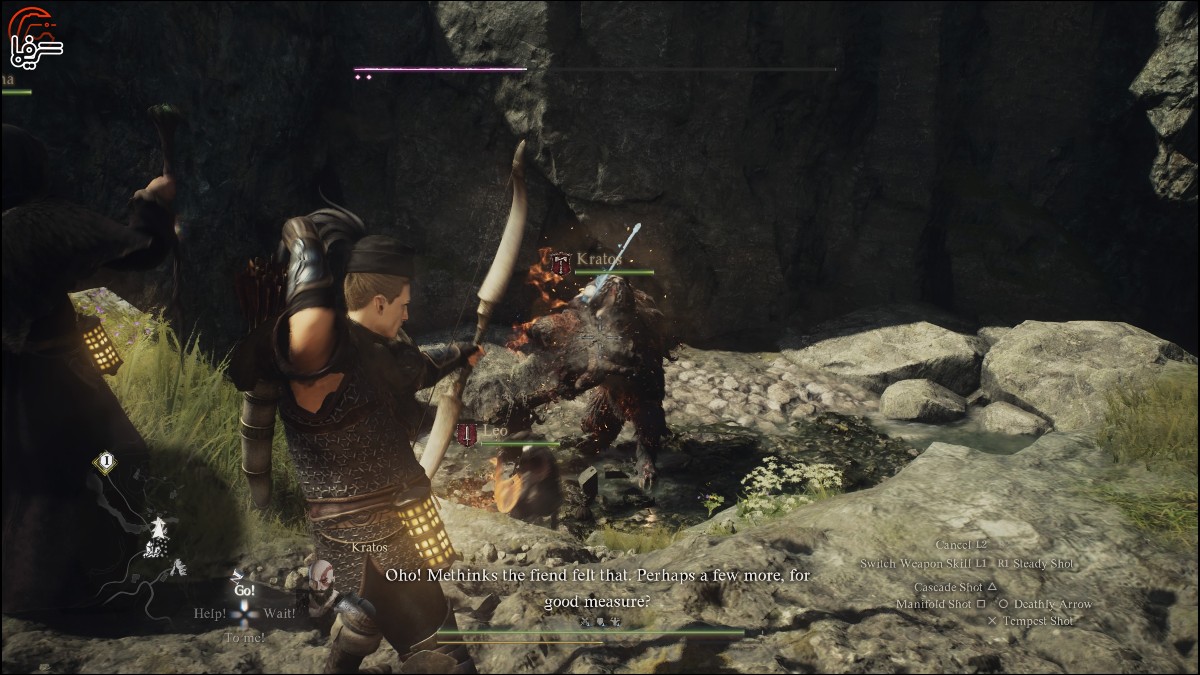
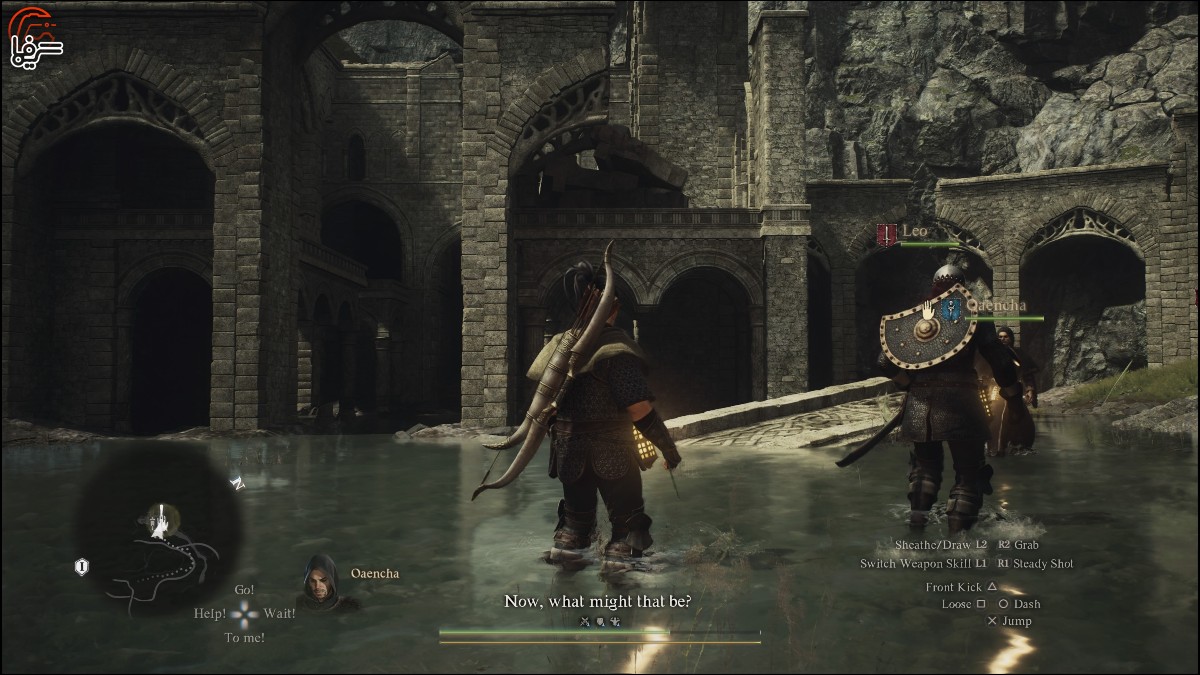
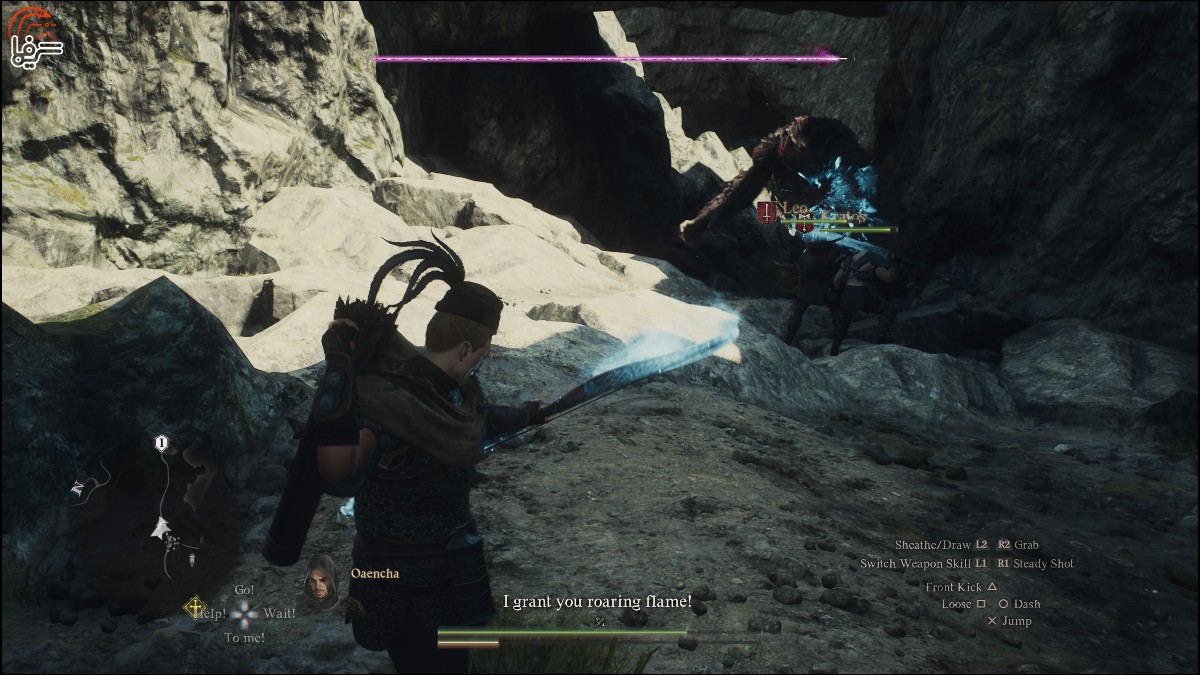
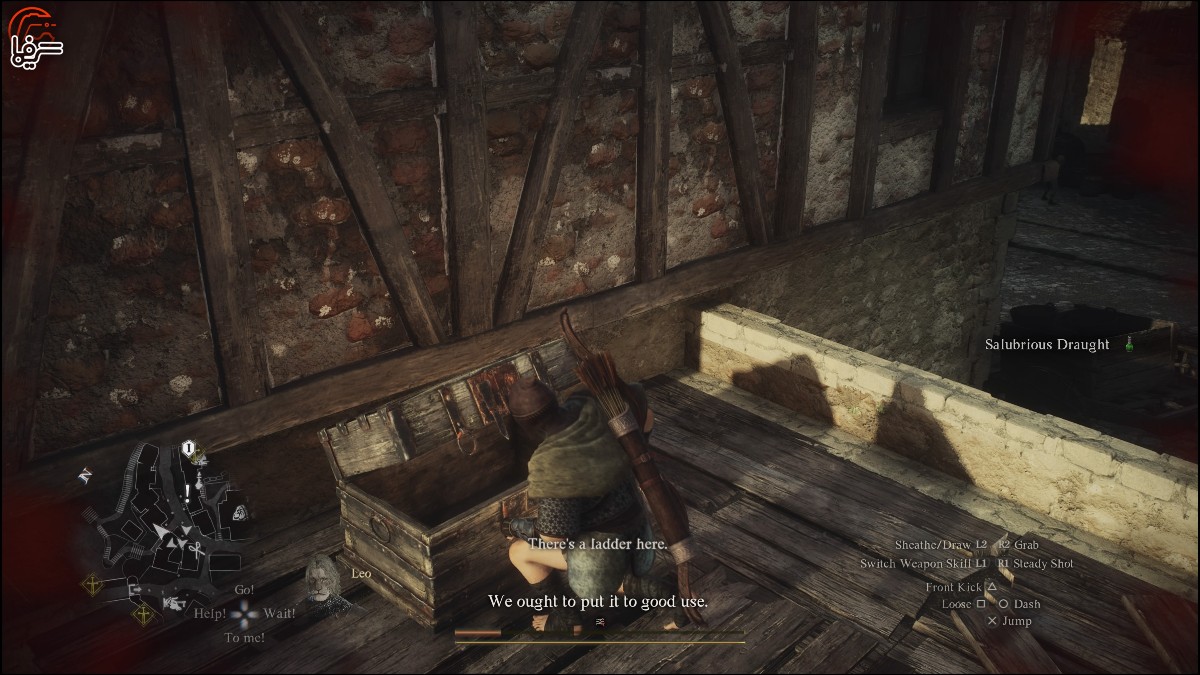

Comments